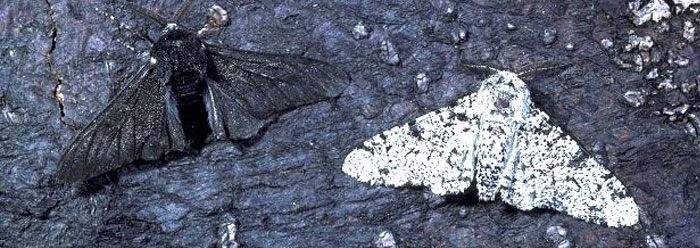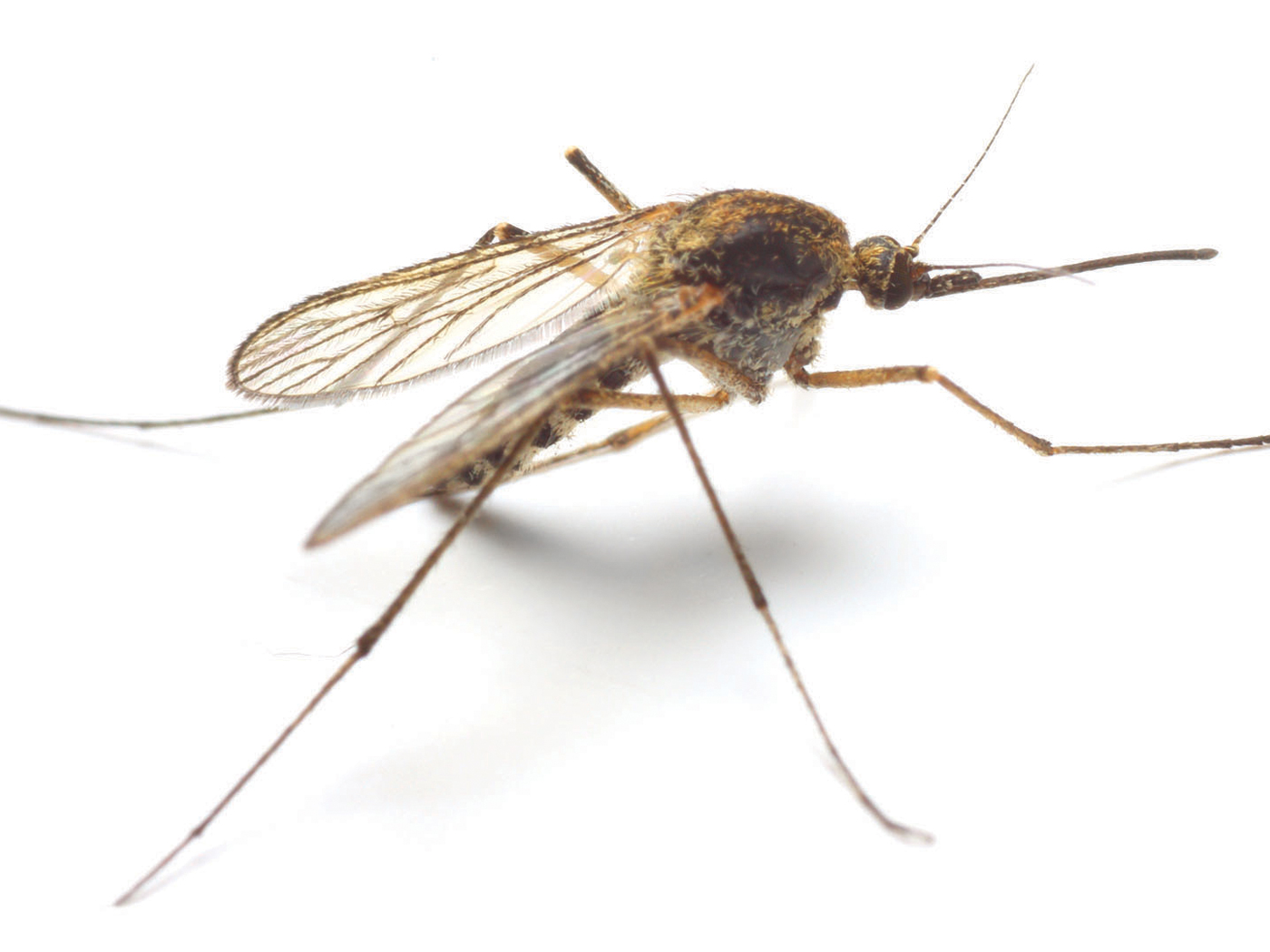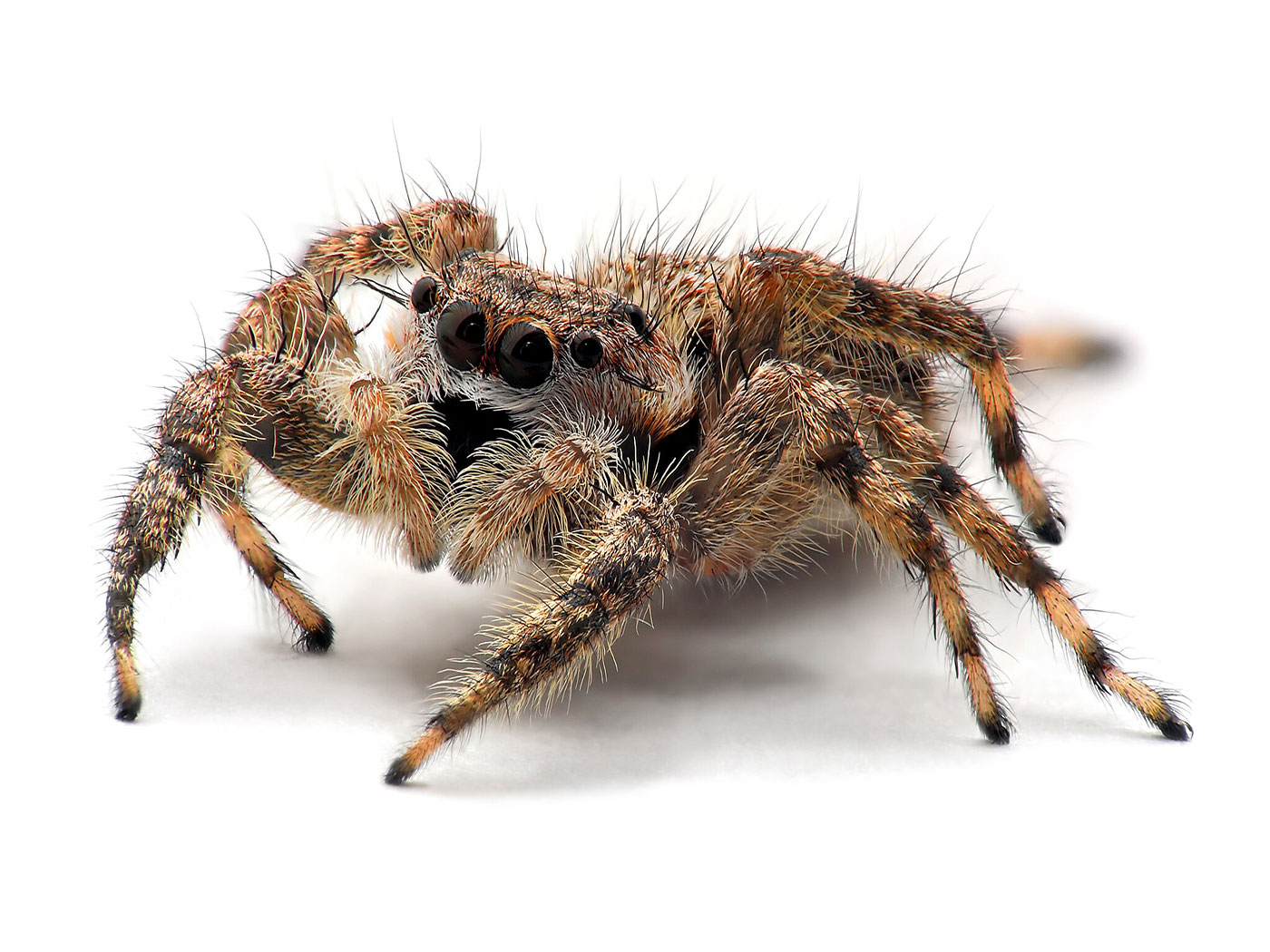Back in 2003, ICR founder Dr. Henry Morris explained a few ways evolutionists themselves criticized the use of the peppered moth as an example of evolutionary beliefs.1 New genetic research validates those criticisms.
The moth earned fame as a key player in a classic evolutionary story in the late 19th century. In England, a population of peppered moths supposedly shifted their coloring from mostly white to mostly black after soot from the industrial revolution darkened their tree-trunk homes. According to the tale, bird predators had a difficult time seeing the now-camouflaged dark moths, so those moths began to thrive.
That story helped rescue Darwin's conception of natural selection from a round of early 20th century criticisms, such as a lack of supporting field evidence.
However, later researchers could not replicate the peppered moth results. Other investigators discovered that most of the story's facts were essentially wrong. For example, peppered moths live mostly beneath leaves, not on tree trunks. One researcher staged photos of the moths on sooty trunks—not where moths naturally rest.
Morris reviewed a book by Judith Hooper that exposed these peppered moth follies. She admitted the moth story was all wrong, but expressed undaunted faith in evolution nonetheless.2 Morris wrote,
It may be surprising to her and other evolutionists that creationists have never had a problem with the traditional story, except with the claim that it was 'evolution in action.' It was really only 'variation and conservation in action.'1
In other words, what began as a population of light and dark moth varieties existed through the industrial revolution as a population of light and dark moth varieties. No net evolution occurred. And that's essentially what geneticists confirmed in their new study.
Publishing in Nature, biologists centered at the University of Liverpool discovered that a well-known form of genetic shuffling, involving a transposable element (TE), generated the dark versions of these moths.3 The researchers' diligent labors revealed that, at some point in the past, a 21,925 nucleotide-long segment of DNA was inserted into a gene that embryonic moths access during development.
The study authors wrote, "The insert was found to be present in 105 of 110 fully black moths (wild caught in the UK since 2002) and absent in all (283) typica [white moths] tested."3 Clearly, even a century or so after England cleaned the soot off its tree trunks, both black and white moth varieties still thrive just fine in the wild.
What mechanism generated the dark moth variety? Natural selection does not fit the bill. At best, death of "unfit" moths would merely reduce color variations, not generate new ones.
When functioning correctly, TE's precisely integrate with cellular machinery that helps cut and paste DNAs into genomic regions that will enhance variation without disrupting vital genes. Geneticists uncovered key roles for TE's in all kinds of animals—and even man.4 In other words, it looks like God designed these "jumping genes."5
So, in the beginning the Creator endowed moths with the genetic potential for future generations to generate dark varieties. Peppered moths never illustrated evolution in action. But now, more than ever, they clearly expose genius creativity.
References
- Morris, H. 2003. Evolutionists and the Moth Myth. Acts & Facts 32 (8).
- Hooper, J. 2002. Of Moths and Men. New York: W.W. Norton and Co.
- Van't Hof, A. E. et al. 2016. The industrial melanism mutation in British peppered moths is a transposable elementTE. Nature. 534 (7605): 102-105.
- Kunarso, G. et al. 2010. Transposable elements have rewired the core regulatory network of human embryonic stem cells. Nature Genetics. 42 (7): 631-634.
- A hiccup in healthy cell processes that randomly pasted the 21,925-long TE into this particular gene would justify the Nature study authors calling it a "mutation." However, processes could have pasted the TE into this gene as part of an internal variation-generating protocol. But this implies ingeniously designed automated genetic-script editing. The team did not test these options, but whether the TE placement happened by accident or design, the cut-and-paste process itself followed a focused strategy using cellular machinery and protocols.
Image credit: © 2011. M. Henderson. Adapted for use in accordance with federal copyright (fair use doctrine) law. Usage by ICR does not imply endorsement of copyright holders.
*Mr. Thomas is Science Writer at the Institute for Creation Research.
Article posted on August 4, 2016.























